Keen to find out: does Pilates build muscle? Me too - after asking instructors, here’s what they had to say
Experts give us the down low.
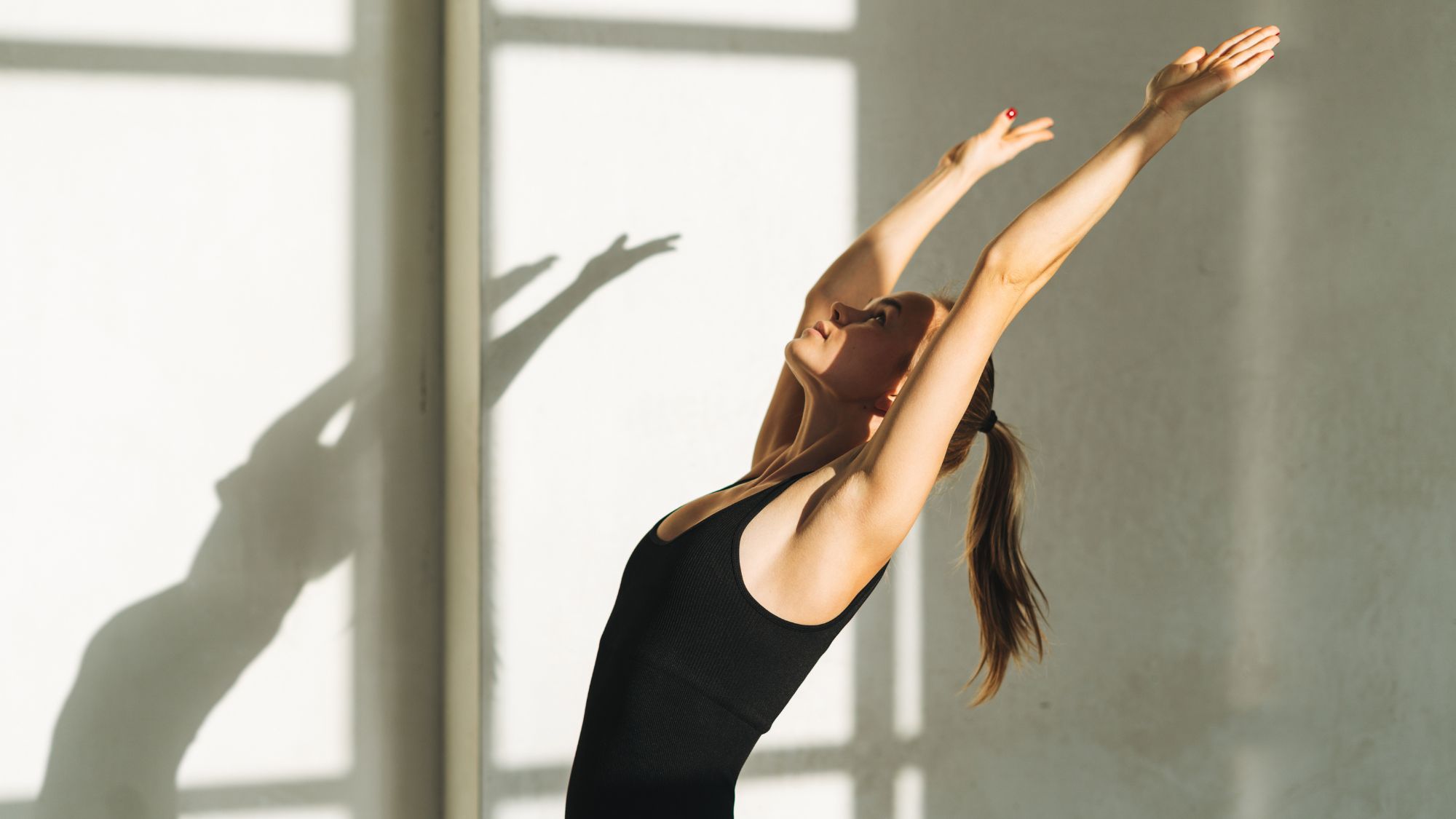

I hate to break it to you, but in 2025 the internet is still as obsessed (if not more) with Pilates. You only need to scroll, walk down your local high street, or have a quick flick through a magazine to spot the ever-escalating buzz about the low-impact practice. But while it's known for levelling up your flexibility, toning your body and boosting your all-important posture, we're often asked: does Pilates build muscle?
After speaking to experts and looking at the research, the general consensus seems to be that yes, Pilates can help you build muscle (but it does come with a few caveats). That's because Pilates is technically a type of strength training exercise, that uses either your body weight as resistance or any extra Pilates equipment, like Pilates balls, Pilates bars, resistance bands and/or a Reformer machine to put your muscles under some added tension.
However, how much muscle you'll build and where will depend on a few things, like how consistent you are in your practice, your nutrition and whether you're using progressive overload to promote the development of your muscle mass. So, to get to the bottom of this once and for all, we looked at the science and asked a personal trainer and instructors for their expert opinion.
To discover how Pilates can help you build muscle and whether this low-impact exercise is an effective means of doing so - or whether you should stick to other means of strength training exercises, like lifting weights - do keep scrolling.
Be sure to read up on our guide to the best Pilates moves for building muscle, plus take a look at the 10-minute Pilates workouts, 20-minute Pilates workouts, and 30-minute Pilates workouts trainers do at home. New to the workout? Don't skip our round-up of the best Pilates moves for beginners, the best Pilates accessories of all time, and the best Pilates exercises for arms, while you're at it, plus how a Health staffer found trying toe taps every day for a week.
Does Pilates build muscle? We asked top experts for their verdict
What is Pilates?
Developed by Joseph Pilates in the early 20th century, the low-impact practice of Pilates we know and love today was first called "contrology". It was created as a means of physical rehabilitation and injury prevention for prisoners of war, soldiers, people with scoliosis and later on, athletes.
Fast forward to 2025, and the original Pilates method has been passed down through the ages, but with its same emphasis on mindful movements synced to breathing techniques, to create core stability, tone muscles and improve posture and flexibility.
Marie Claire Newsletter
Celebrity news, beauty, fashion advice, and fascinating features, delivered straight to your inbox!
"Pilates has nowadays expanded well beyond the professional athlete world and is a widespread movement technique for anyone wanting to enhance their overall wellbeing," Bala certified trainer, Marie Grujicic adds.
What are the benefits of doing Pilates?
One reason why Pilates has garnered such a cult following since it first originated in the 1920s is because of the many (many) benefits the low-impact practice has been proven to bring.
For starters, it’s great for improving posture. Grujicic says: “Pilates targets the deep postural and breathing muscles around the spine, helping you to enhance core stability and breathe optimally”.
It can also help to increase mobility, i.e. your ability to move your muscles and joints through their full range of motion, and be a means of injury prevention.
Plus, as a 2023 systematic review concludes, a consistent Pilates practice can help increase strength (which is different from building muscle), respiratory rate, body mass index and balance. The review even went so far as to say Pilates could "improve quality of life while lowering pain and disability".
While research in the Medicine journal found that the mind-body practice could "reduce levels of depression and anxiety in female patients with depression and anxiety symptoms".
And, as Laura Quinn- certified personal trainer, nutritionist, and head trainer in Pilates for Alo Wellness Club in Los Angeles - verifies another benefit of Pilates is that it can help you build muscle. "It can be tailored for muscle building or rehabilitation, depending on your needs," the expert states.
@dearmedia ♬ original sound - Dear Media
Can Pilates build muscle?
"Yes, you can definitely build muscle with Pilates, because it’s designed to promote whole-body health by strengthening both the body and mind," Quinn reiterates. "Pilates tends to activate smaller "stabilizer" muscles that are often missing from a weight lifting program that typically focuses on the prime mover muscles, like your glutes, quads and biceps. It’s also great for building core strength."
The latter is backed by research published in the peer-reviewed Medicine & Science in Sports & Exercise journal. The study was conducted on nine "non-active healthy" women and it found that practising the core-centric practice of Pilates twice a week for nine months "elicits hypertrophy (the process of increasing muscle size through exercises) of the abdominal wall muscles," particularly of the rectus abdominis.
But to build muscle, along with following a healthy diet and getting enough rest, Quinn highlights that the focus is on volume, intensity, and frequency. "Progressively challenging yourself is key," she says.
Without doing so, Lisa Beckwith - who is a fitness coach, personal trainer and has a diploma in clinical pilates - says your gains will plateau. "To get stronger you need to keep making it progressively stronger using progressive overload," she says.
To do so, Quinn suggests carefully increasing spring tension, reps, and movement complexity. "In Pilates, this progression could also involve advancing from basic to intermediate exercises, to advanced exercises, incorporating props like a ring or ball," Quinn adds.
So how effective is Pilates for building muscle?
The question we all want the answer to. While it's accepted that Pilates can build muscle and research shows this to be true specifically in the core region, experts note that Pilates won't result in similar muscle gains akin to more traditional forms of strength training, like lifting heavy weights.
"It generally doesn’t provide the same level of intensity (in terms of load) as traditional strength training," Quinn flags. According to Grujicic, that's because Pilates "engages slow-twitch muscle fibres known as Type I." "These fibres are more focused on endurance: slower, controlled movements over longer periods," Grujicic says. "This is why, if your physical fitness is mostly based on explosive strength training, sprinting, or heavy weight lifting, (Type II) you will get the infamous Pilates shake."
@julestrevorrow ♬ original sound - Jules Trevorrow
The conclusion
In a nutshell: If you're looking to build significant muscle mass or lift heavier weights, Quinn says traditional strength training is a "great option".
That said, they note that completing both Pilates and weight lifting is going to make your body even stronger. "As all muscle groups are utilised, and the varied movements between strength training and Pilates allow for constant challenging of the body and its muscles," she adds.
And Beckwith agrees, pointing out that doing so will help you get one step closer to hitting the World Health Organisation's Recommended Guidelines on Physical Activity and Sedentary Behaviour. "The best exercise is the one that gets done, but you get extra points if you lift heavy things along the way," she adds.
Shop Marie Claire UK's go-to Pilates kit:
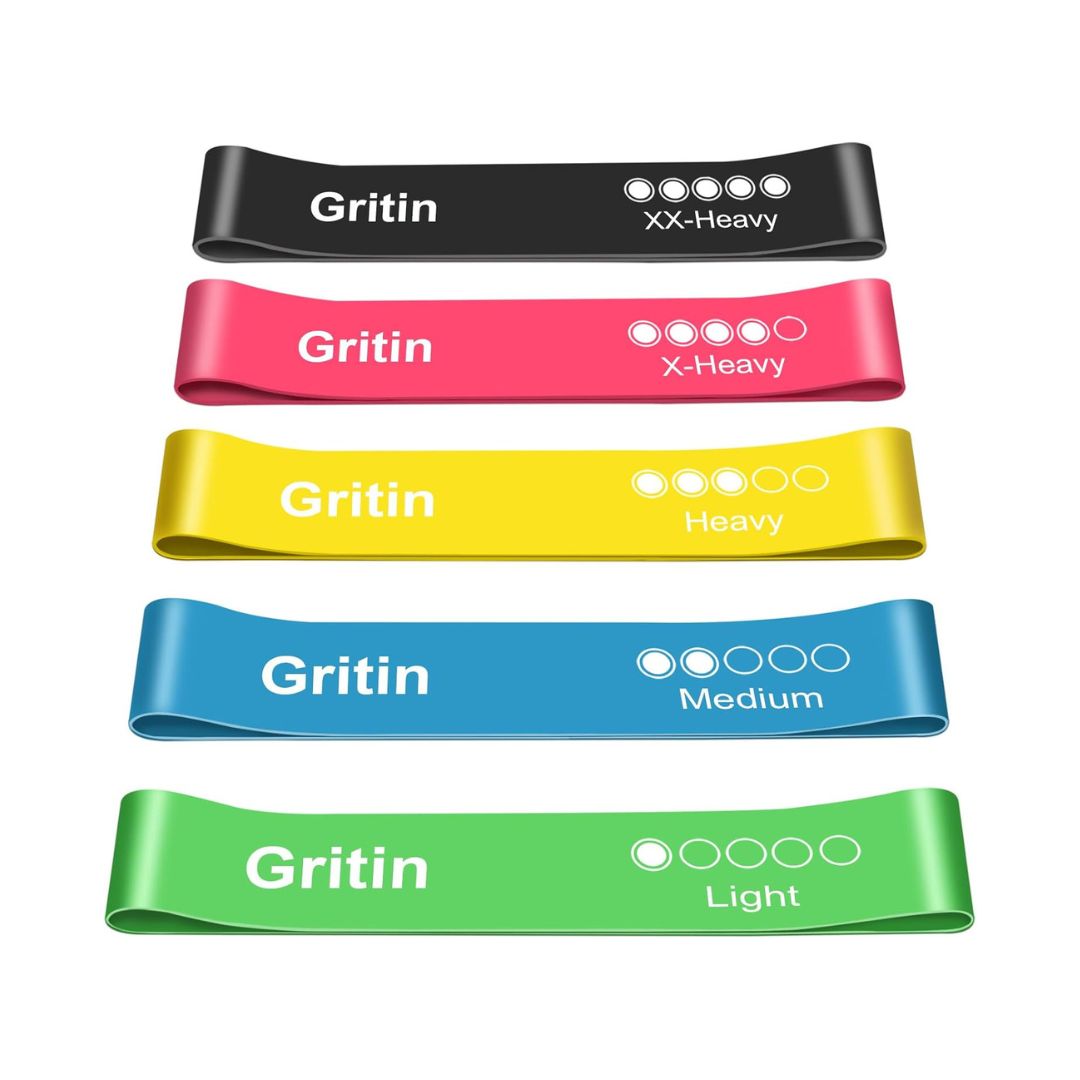
Whether you use this in your next Pilates class or your next strength session, these bands can help you up the ante and put your muscles under more resistance. And more resistance leads to greater muscle fibre recruitment.
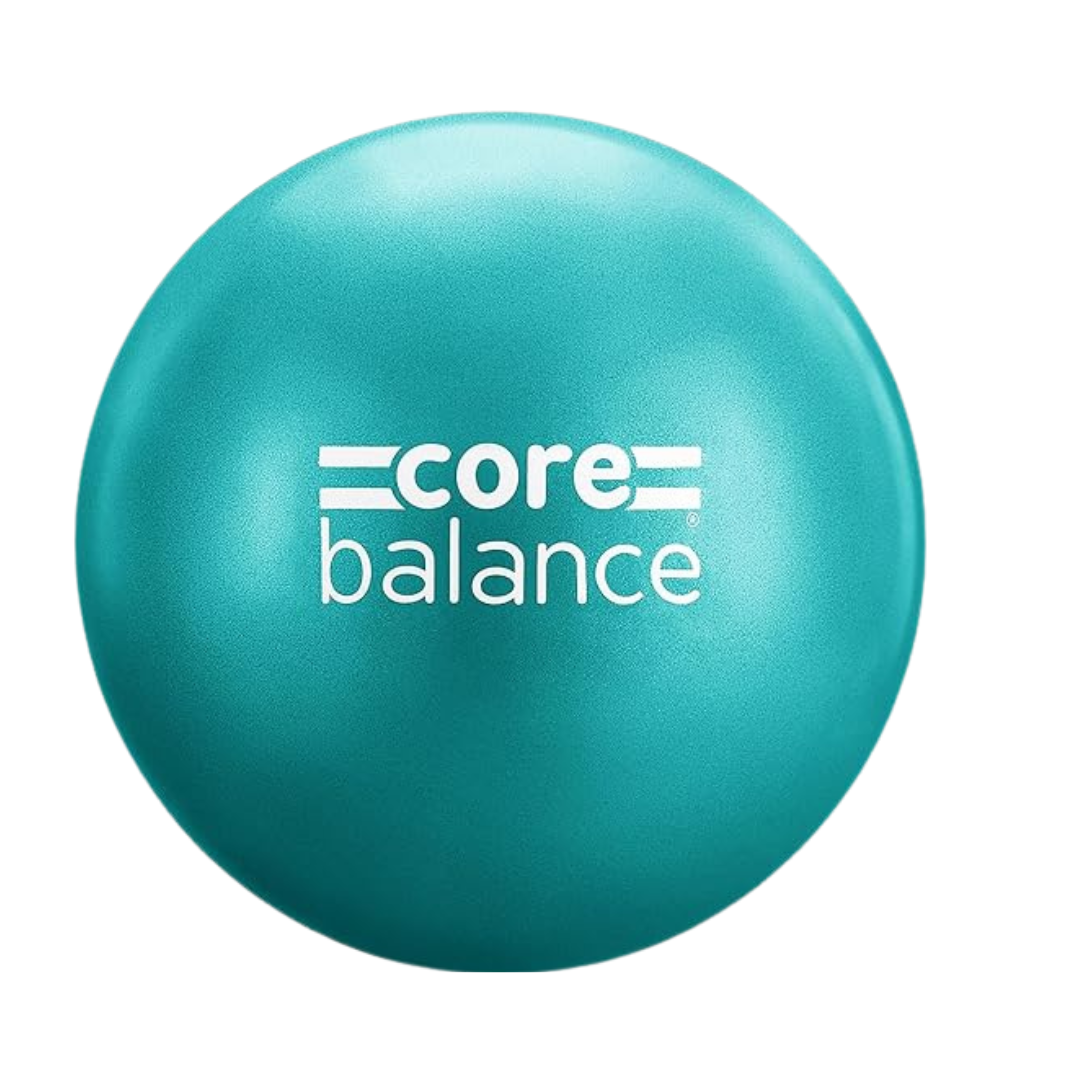
Featured in our guide to the best Pilates accessories, this affordable and super versatile ball provides your practice with a bit of extra support. A Pilates ball can also help create an unstable surface which helps to activate your core stabilising muscles.
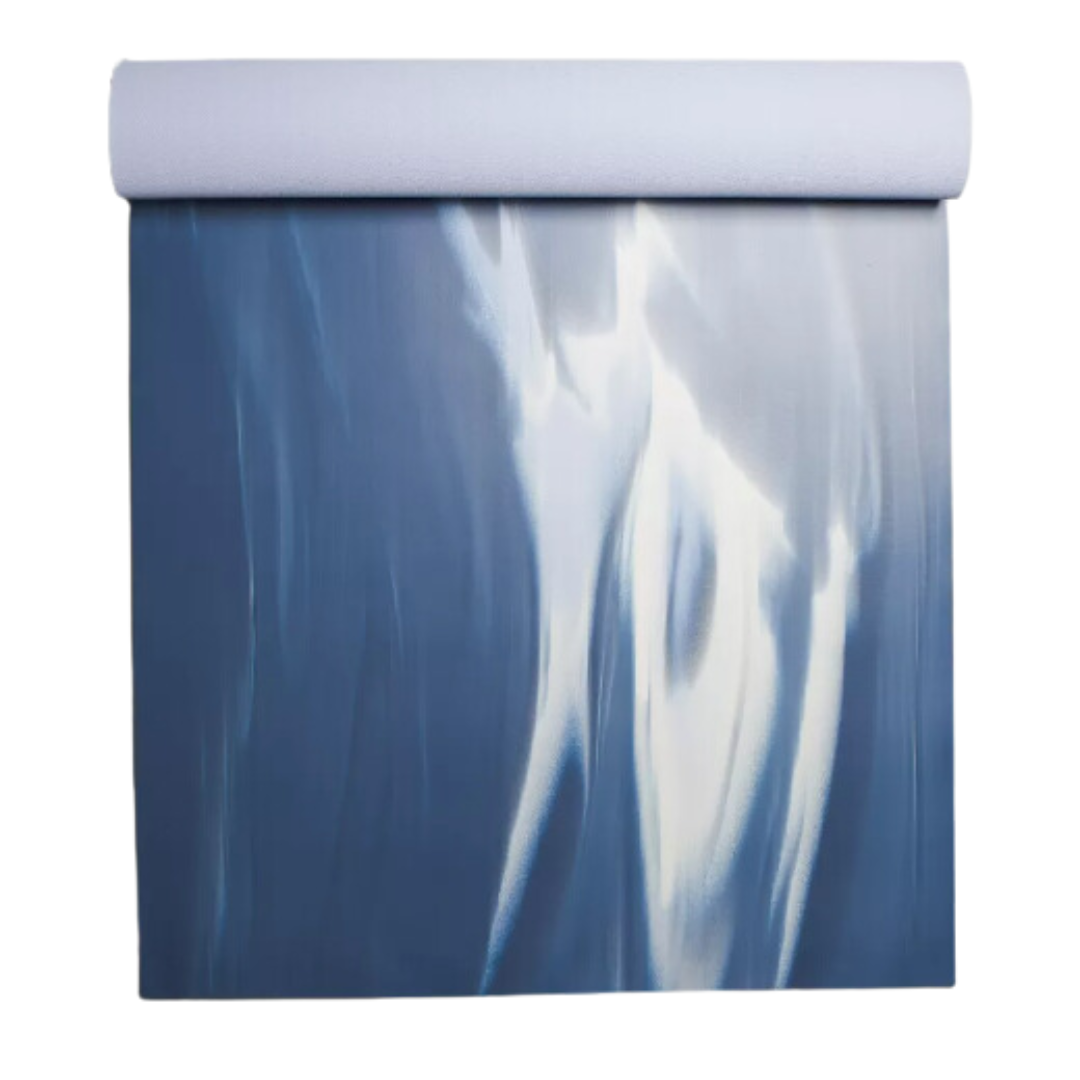
Start your muscle-building journey on a mat that will quite literally have your back. The 3mm natural rubber design will cushion your joints, while the grippy top layer will help you find your balance.
How fast does Pilates build muscle?
It's hard not to wonder how quickly you'll see and feel the many benefits Pilates brings, especially when it comes to building muscle.
But in short, how fast you build muscle from doing Pilates will depend on a number of factors, like how consistent you are in your practice, your genetics, nutrition, the length of your session and intensity.
That said, Bala's certified trainer, Marie Grujicic says: “With the right amount of sleep, good nutrition and days to recover, with only 20 minutes five times a week you might feel and start to see great results after four to eight weeks."
“But remember it's about what it feels like, not what it looks like," the trainer says. "It's building a sustainable routine that will become a non-negotiable in your day-to-day life, a way to fill your cup to take on life with more ease, grace and a side of abs and booty. Creating a lasting change that will have you feel great, mind body and spirit.”

Rebecca, or Becks, is a freelance journalist with more than ten years of experience in the industry. She specialises in all things health and lifestyle and has written for a number of brands including Women's Health, Stylist, the Evening Standard, Good Housekeeping, The Telegraph, Live Science, Tom's Guide and Fit&Well. Becks also writes copy for a number of brands and small businesses.
When she's not weight training, tracking down the best gym leggings, reading a book or at her desk typing away, you'll find her in the kitchen perfecting a new recipe or bake.
-
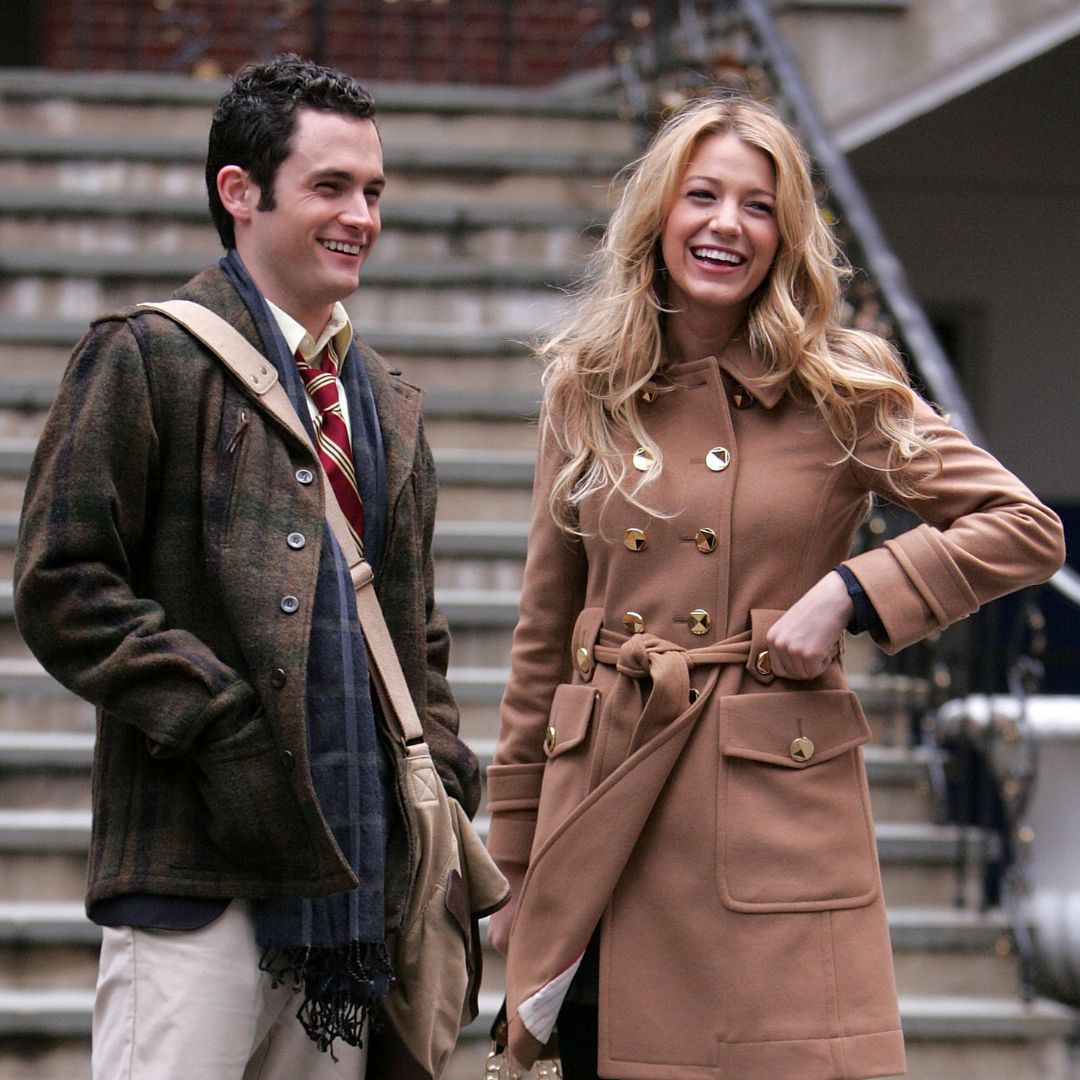 Penn Badgley and Blake Lively kept their breakup a secret from the Gossip Girl cast and crew - here's what we know about their former relationship
Penn Badgley and Blake Lively kept their breakup a secret from the Gossip Girl cast and crew - here's what we know about their former relationshipBy Jenny Proudfoot
-
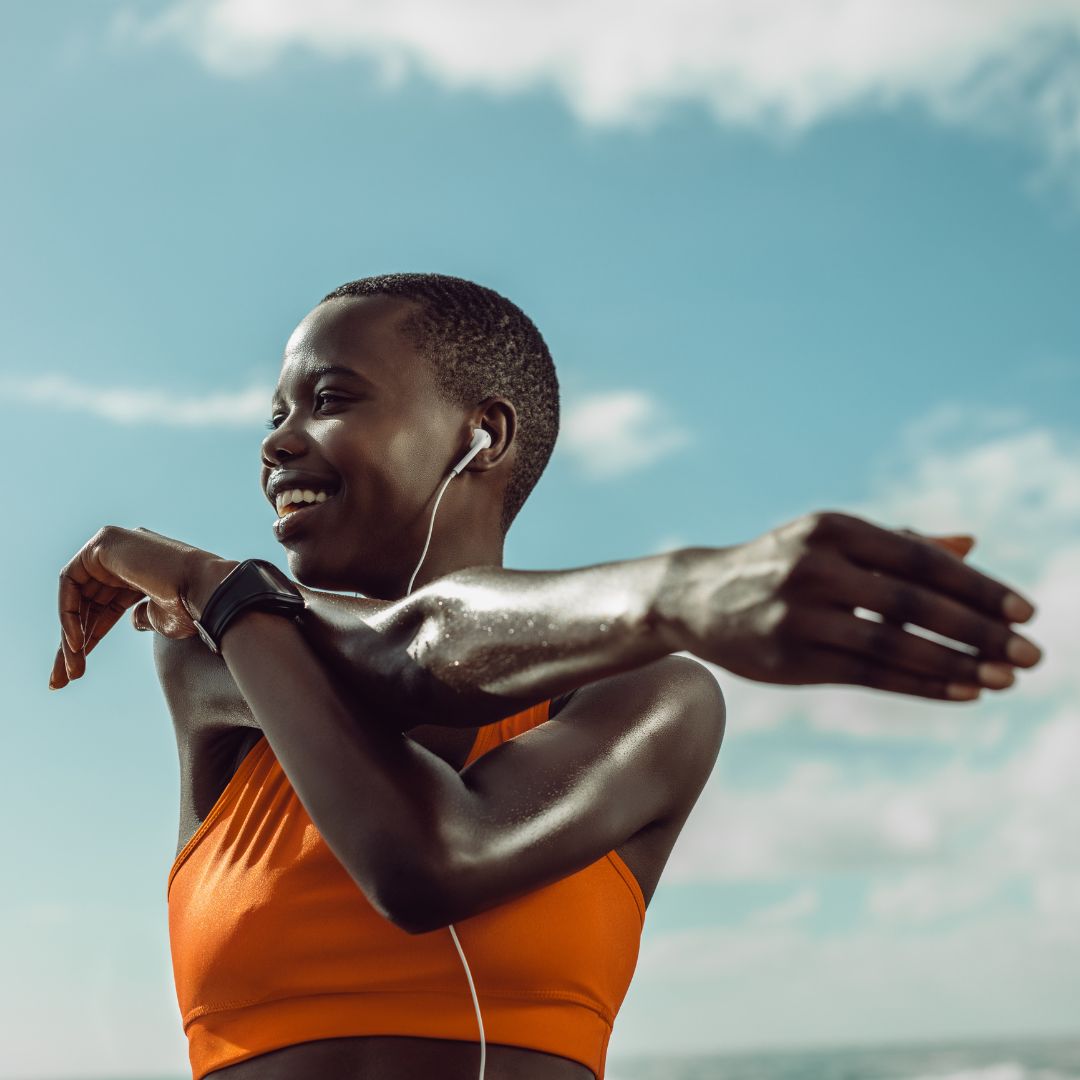 Spring has finally sprung - 6 best outdoor workouts that are totally free and boost both body and mind
Spring has finally sprung - 6 best outdoor workouts that are totally free and boost both body and mindSoak in the nature and boost Vitamin D *and* endorphins.
By Anna Bartter
-
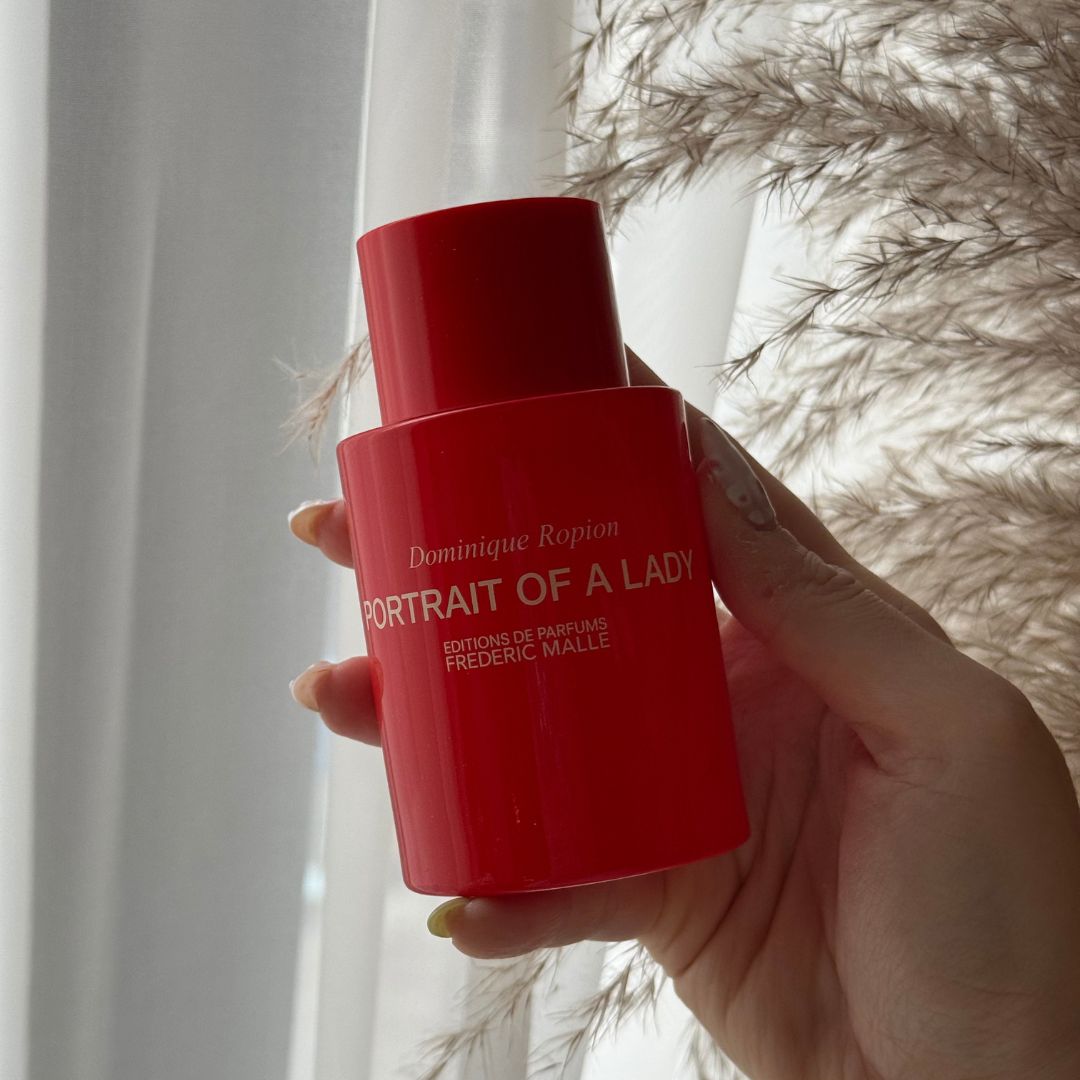 This iconic rose perfume is a compliment magnet—it makes me feel ‘put together’ after just one spritz
This iconic rose perfume is a compliment magnet—it makes me feel ‘put together’ after just one spritzGrown-up and elegant, yet not at all dated.
By Denise Primbet
-
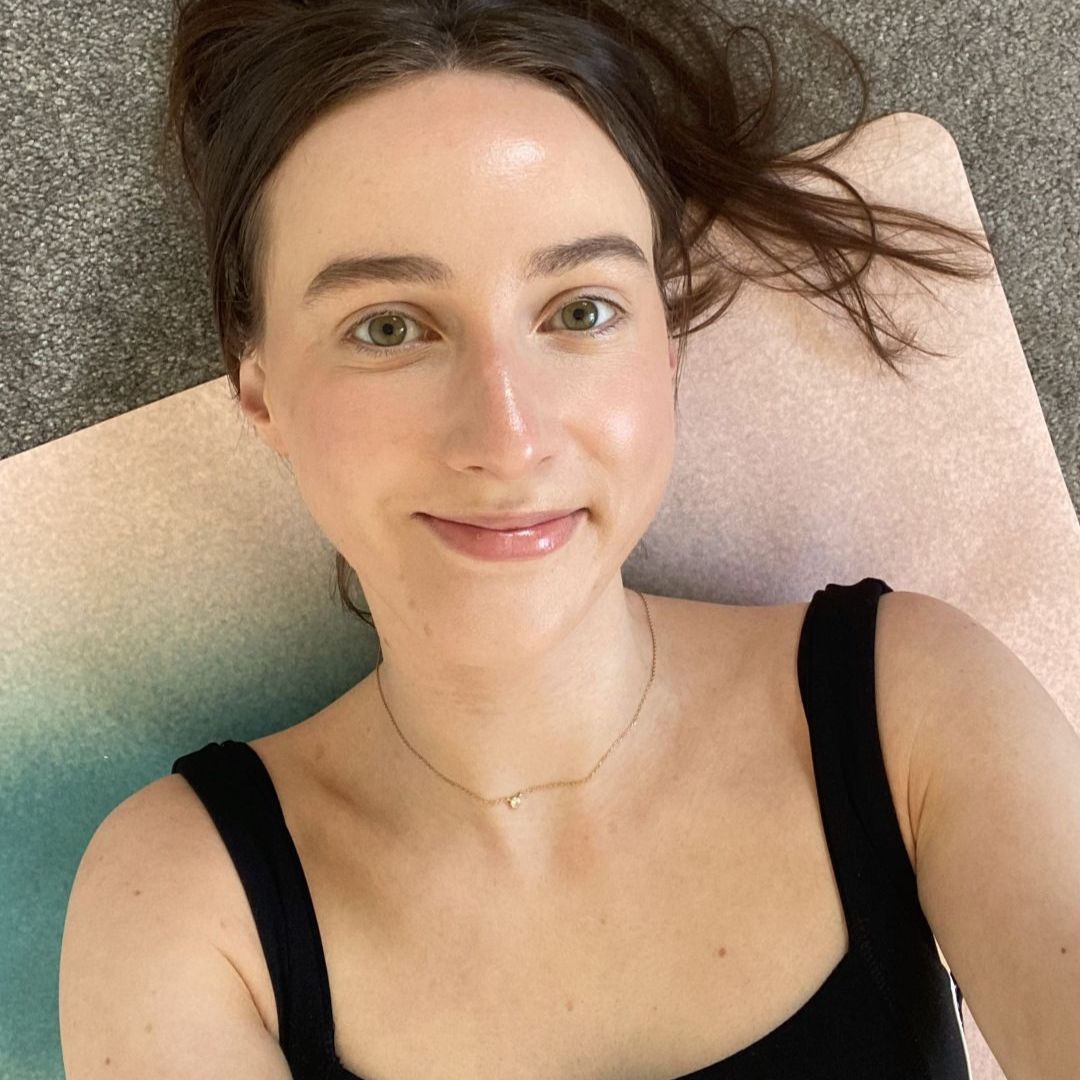 I tried Pilates scissors, the raved-about Pilates move - and think it's the best combination of stretching and strengthening ever
I tried Pilates scissors, the raved-about Pilates move - and think it's the best combination of stretching and strengthening everTrust me, this one's worth trying.
By Katie Sims
-
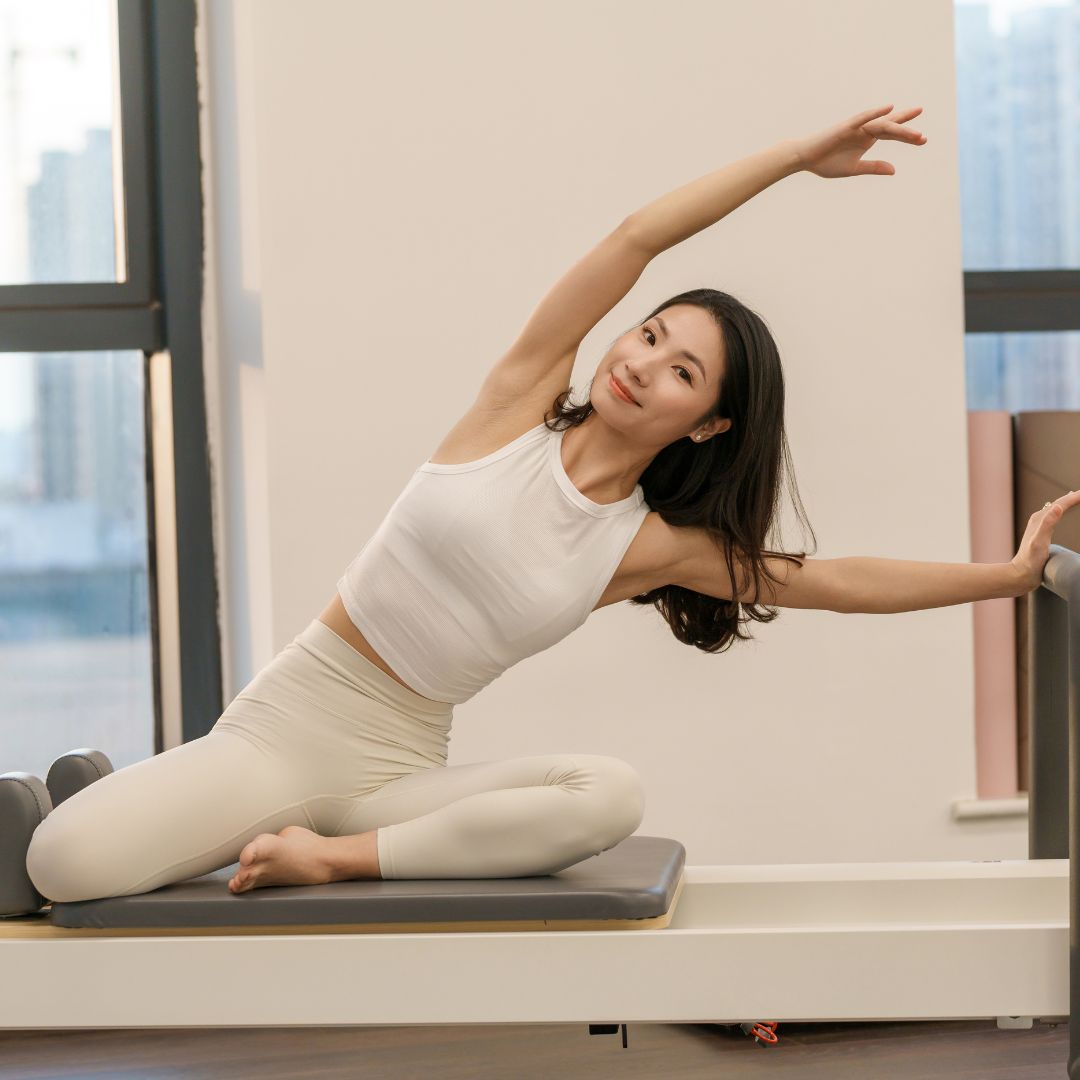 Eager to build a strong, stable core from home? 7 advanced Pilates core exercises that coaches do themselves
Eager to build a strong, stable core from home? 7 advanced Pilates core exercises that coaches do themselvesStability, strength *and* control? It's a yes from us.
By Anna Bartter
-
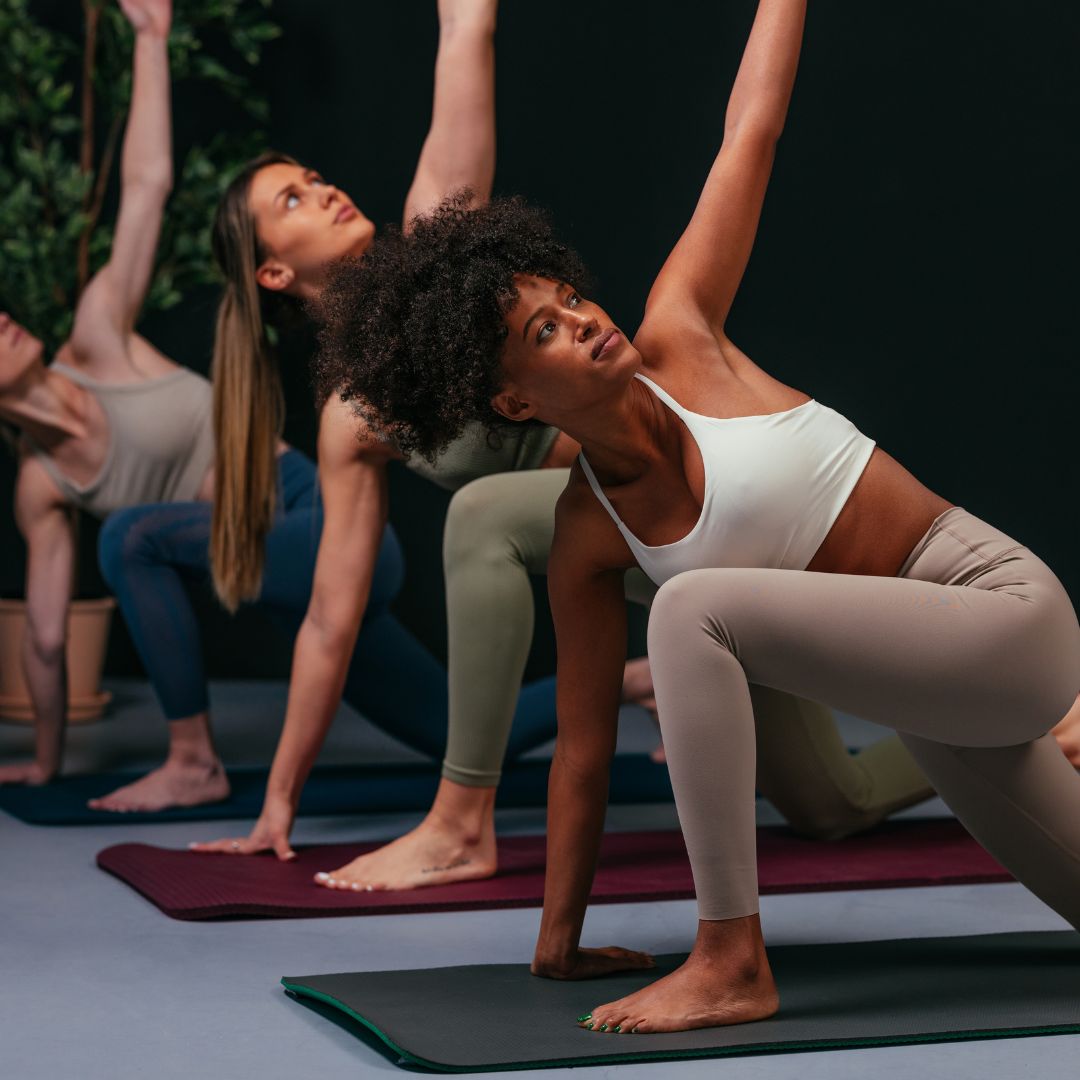 Classical Pilates is raved about worldwide as the most effective type of Pilates you can do - 8 exercises that instructors recommend
Classical Pilates is raved about worldwide as the most effective type of Pilates you can do - 8 exercises that instructors recommendTried, tested and trusted moves.
By Katie Sims
-
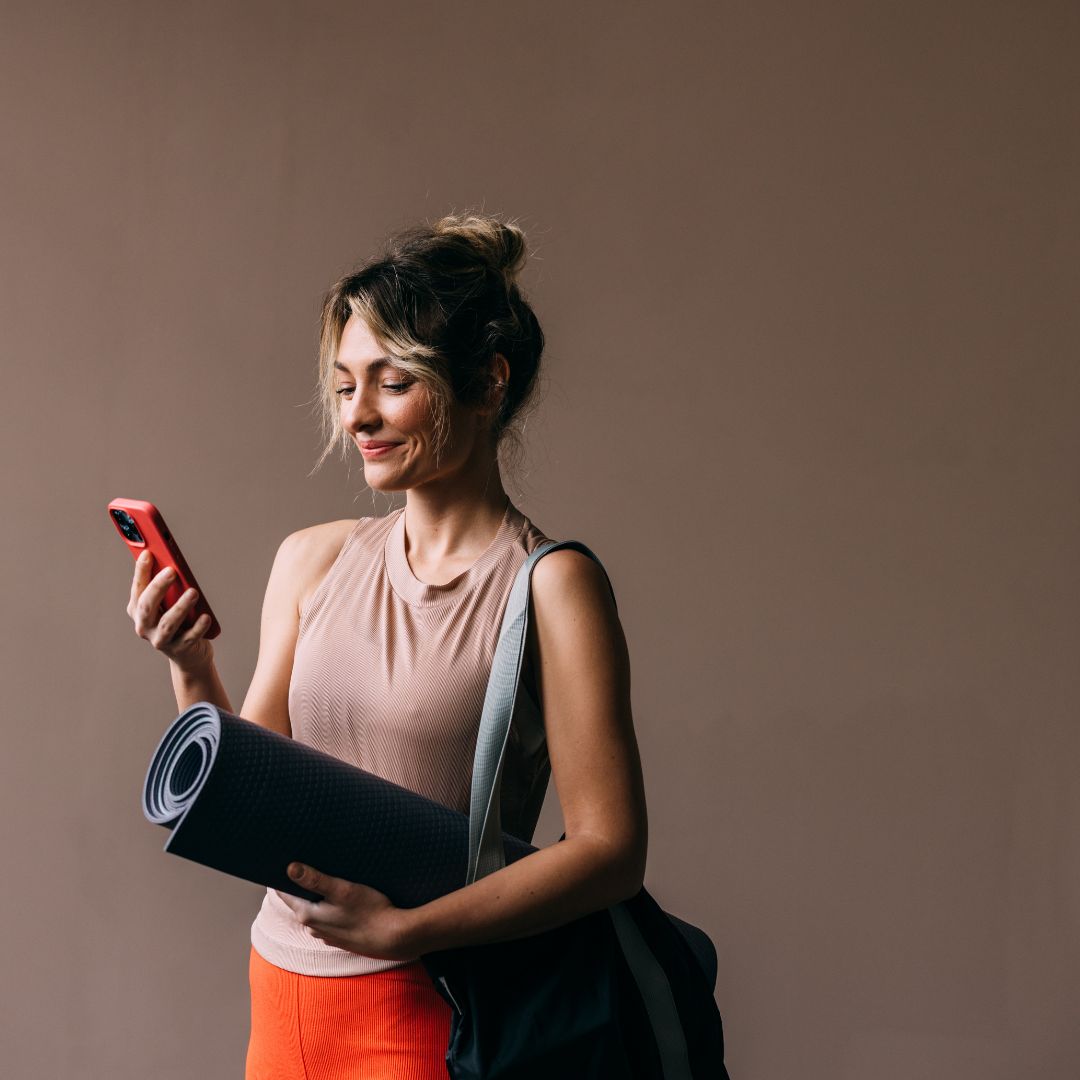 Fan of low-impact sessions? These are officially the 7 best Pilates apps for boosting strength, tone and mood
Fan of low-impact sessions? These are officially the 7 best Pilates apps for boosting strength, tone and moodYou can thank us later.
By Katie Sims
-
 I tried STOTT Pilates at home every day for a week - and I've fallen for the trending workout hook, line and sinker
I tried STOTT Pilates at home every day for a week - and I've fallen for the trending workout hook, line and sinkerYou'll want to give this one a go.
By Katie Sims
-
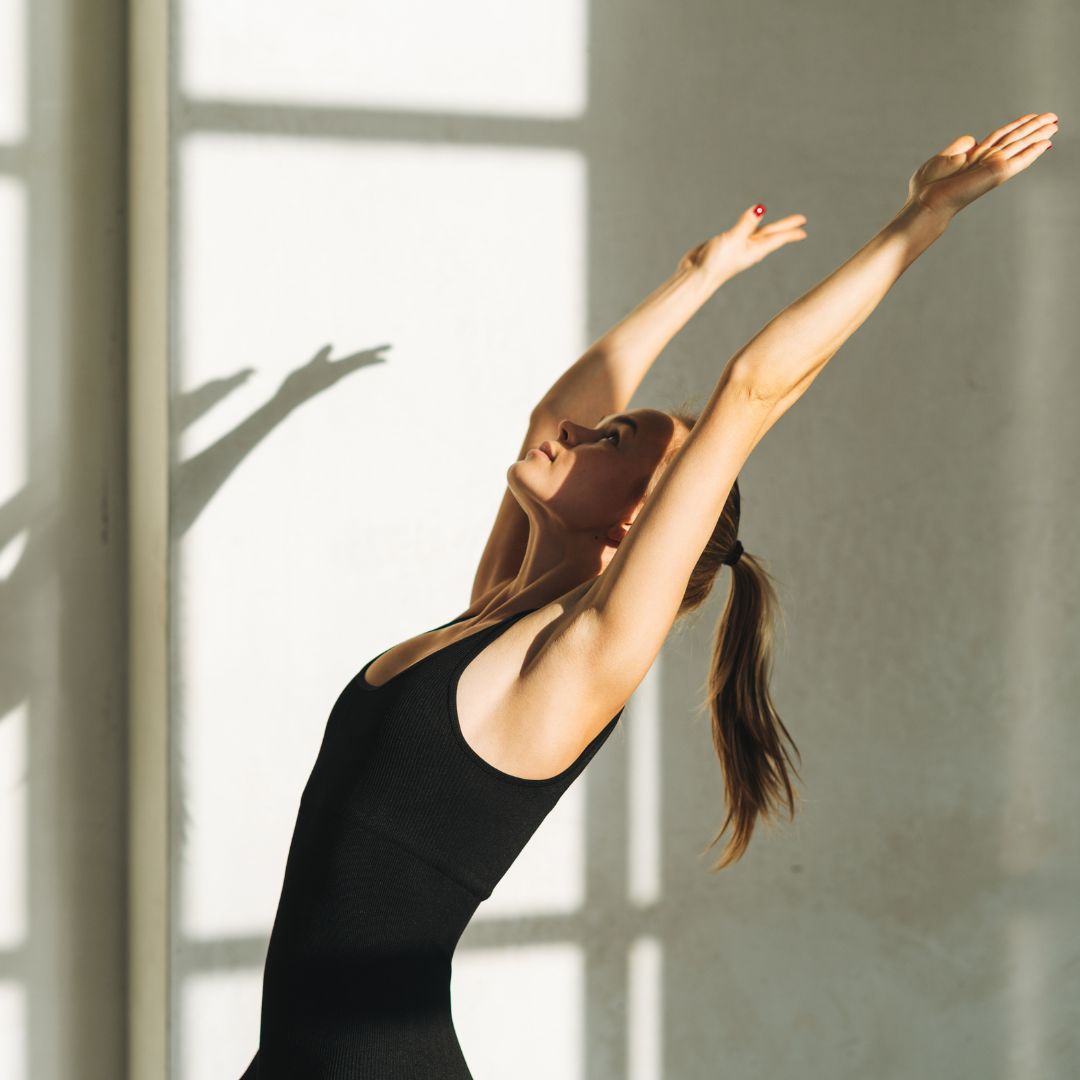 Keen to get Reformer results without the hefty price tag? 5 best Pilates boards to upgrade your home workouts
Keen to get Reformer results without the hefty price tag? 5 best Pilates boards to upgrade your home workoutsThey're great for small spaces, too.
By Amelia Yeomans
-
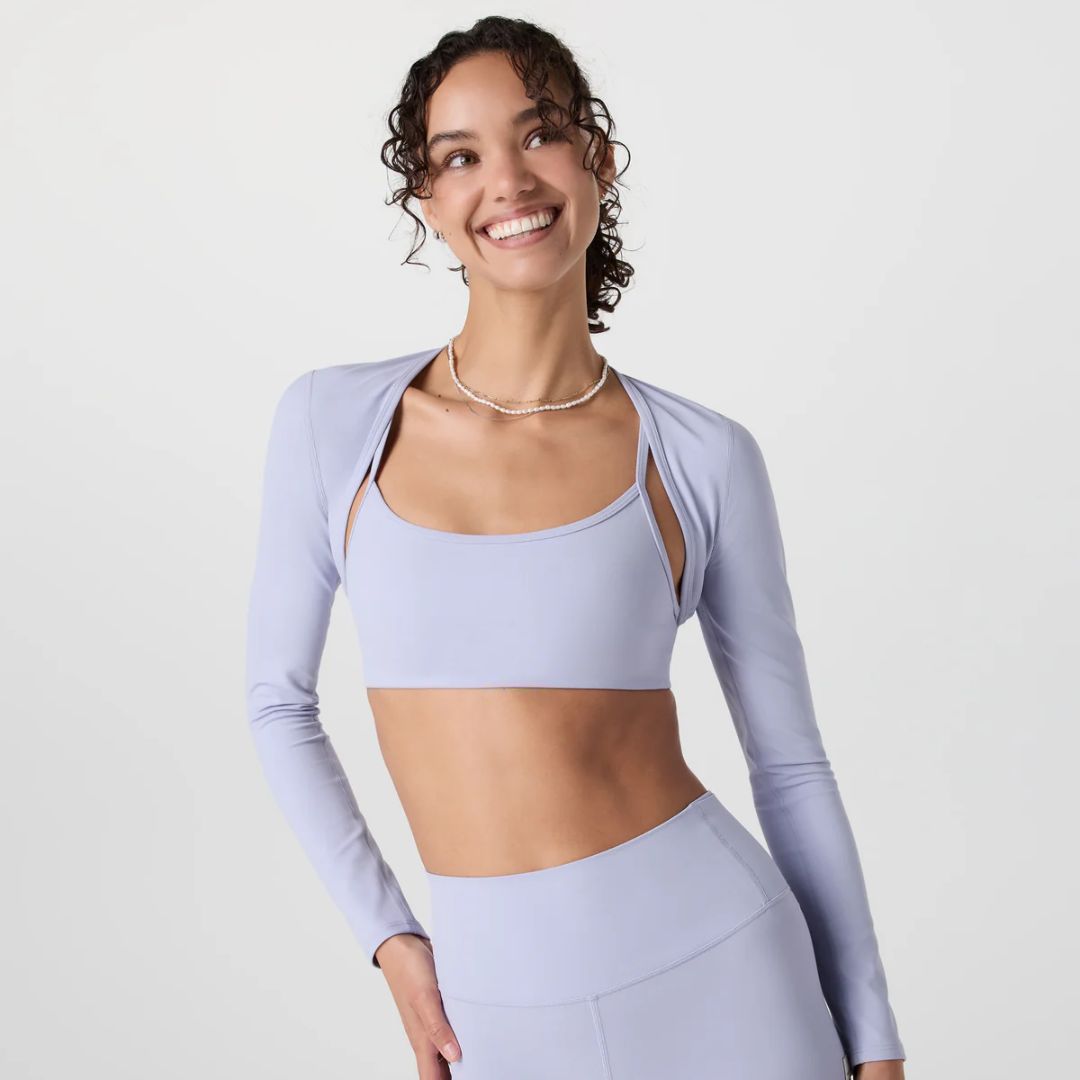 Pilates shrugs are set to be the next big activewear trend: 6 of the best, chosen by our expert Editors
Pilates shrugs are set to be the next big activewear trend: 6 of the best, chosen by our expert EditorsChic and comfortable? Sign me up.
By Amelia Yeomans
-
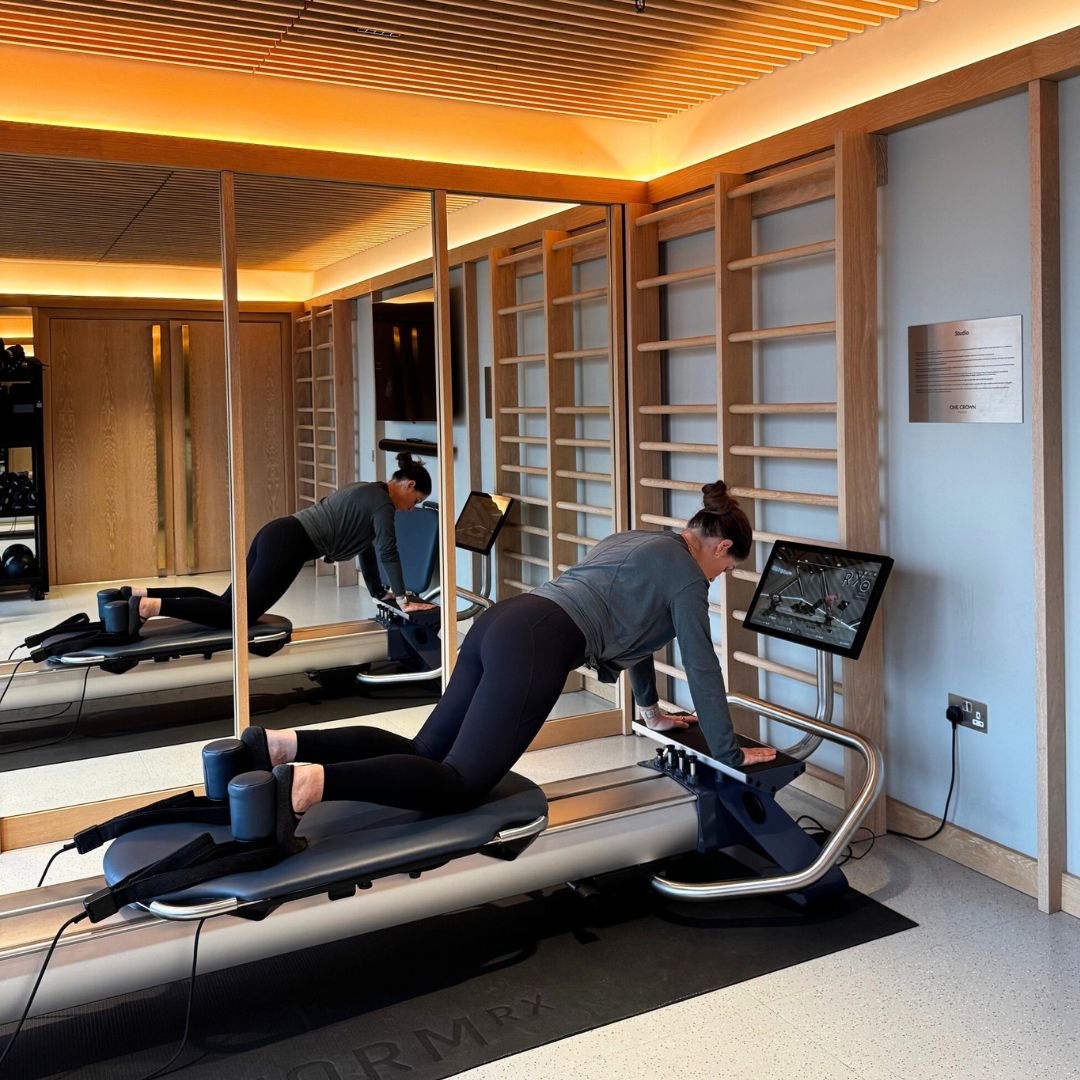 I tried Reform RX, the world's first virtual Reformer class - and have some thoughts
I tried Reform RX, the world's first virtual Reformer class - and have some thoughtsMeet the Pilates answer to a Peloton.
By Anna Bartter